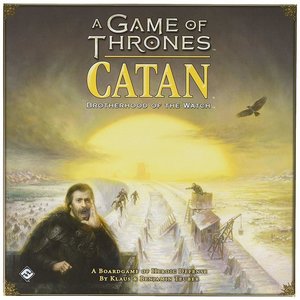
Catan Games of Thrones: Brotherhood of the Watch
Tabletop Game
The Brothers of the Night's Watch seek a new leader from among their ranks. Jeor Mormont wishes to...
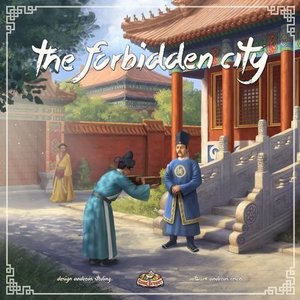
The Forbidden City
Tabletop Game
China, 1570. China is under the reign of the Longqing Emperor, of the Ming Dynasty. He inherited a...
Boardgames 2018Games
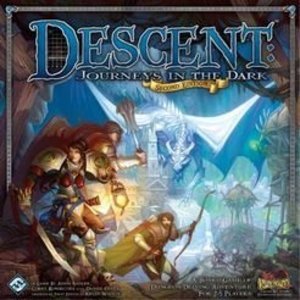
Descent: Journeys in the Dark (Second Edition)
Tabletop Game
Descent: Journeys in the Dark (Second Edition) is a board game in which one player takes on the role...

The Princes of Florence
Tabletop Game
A new game for all great strategists! Experience the golden age of the Renaissance! Assume the role...
Boardgames AuctionGames
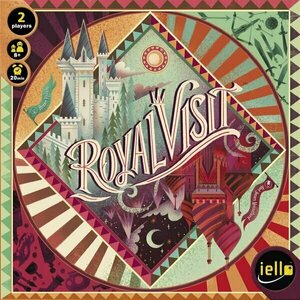
Royal Visit
Tabletop Game
An unusual, complex, yet tightly balanced board/card game for two from the prolific Reiner Knizia....
Kim Pook (101 KP) rated Mr Harrigan's Phone (2022) in Movies
May 5, 2023
On his first day of high school he finds out that in order to fit in, he's going to need a phone. He asks his dad for one who says no, but he ends up getting an iPhone for Xmas and his scratch card from Mr Harrigan wins him $3000. With his winnings he buys Mr Harrigan a phone, which at first is declined, but Craig soon wins him around I to accepting it, and shows him how to use it, and personalise it.
One day when Craig goes to visit Mr Harrigan, he finds he has sadly passed away still holding his phone. Craig takes his phone and puts it into Mr Harrigans pocket during his funeral. After the funeral Craig receives a letter stating that he had been left $800,000 in trust funds and that's when strange things start happening.
Craig receives a reply to a text he sent Mr Harrigan after he died, he hears Mr Harrigans phone ringing from his grave and a bully dies after beating Craig up one day. Craig has a feeling that Mr Harrigans ghost is responsible for all these things and sets about trying to prove it.
Problem is, all this took an hour and 10 minutes to get to, and considering its only an hour and 40 minute film that didn't leave much of a movie left to explore.. 20 minutes before the end it started getting interesting but then it finished suddenly, leaving me bitterly disappointed. They could have done so much with the movie, but sadly didn't.
Debbiereadsbook (1582 KP) rated Honestly Yours by Jaime Reese in Books
Jun 2, 2022
Warren wants Gian, but Gian has only one rule: Be honest. It's the one thing he needs more than anything. But being honest with Gian might be the one thing that breaks Warren's heart.
I've been sick all week, and reading this was like a great big hug, wrapped around me, and made me feel so much better! (still sick, but getting there) I loved it, it could not have landed in my queue at a better time, and I will try to write a coherent review.
I loved Warren, he holds his cards close to his chest, but Gian pushes Warren, makes him want to be different this time. I loved Gian, and how bloody patient he is with Warren. I loved ALL the P words used here, I thought that was incredibly cute.
I loved being thrown for a loop when things went down, cos there were several things I did not see coming at me and I love being kept on my toes. I thought this was gonna be a light and fluffy romance, but it isn't and I loved being made to see that I didn't really want light and fluffy, I wanted deep and meaningful and something full of surprises!
It does get a bit dark, when Warren is describing his childhood, but you do need it to get the full package that is Warren. It is so smexy! But there are lighter moments too, Gian is a lot of fun and his parents are wonderful people who see Warren, and they see just what Warren means to Gian, even if Gian can't voice it yet.
Written from both Warren and Gian's point of view, it covers a whole range of emotions and situations and I blooming loved it!
Thank you, Ms Reese for my copy.
5 full and shiny stars!
*same worded review will appear elsewhere
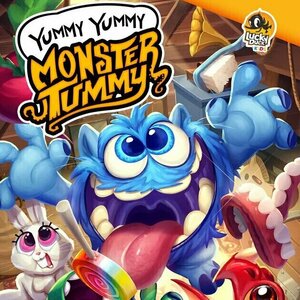
Yummy Yummy Monster Tummy
Tabletop Game
There are strange noises coming from the attic at your grandpa’s summer house. After climbing the...

Zoom in Barcelona
Tabletop Game
Travel around the city of Barcelona and take the best photos to win the game! In Zoom in...


